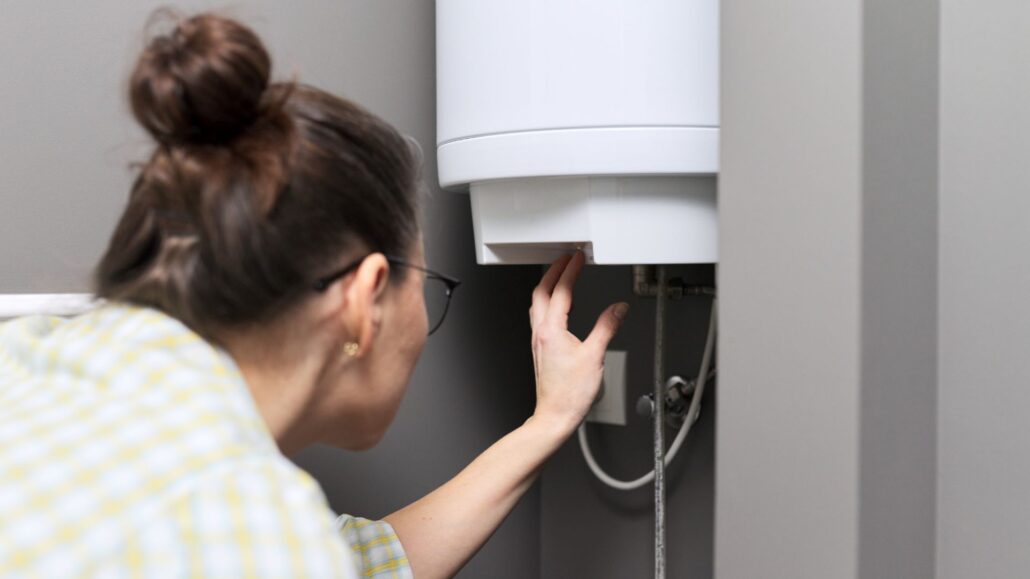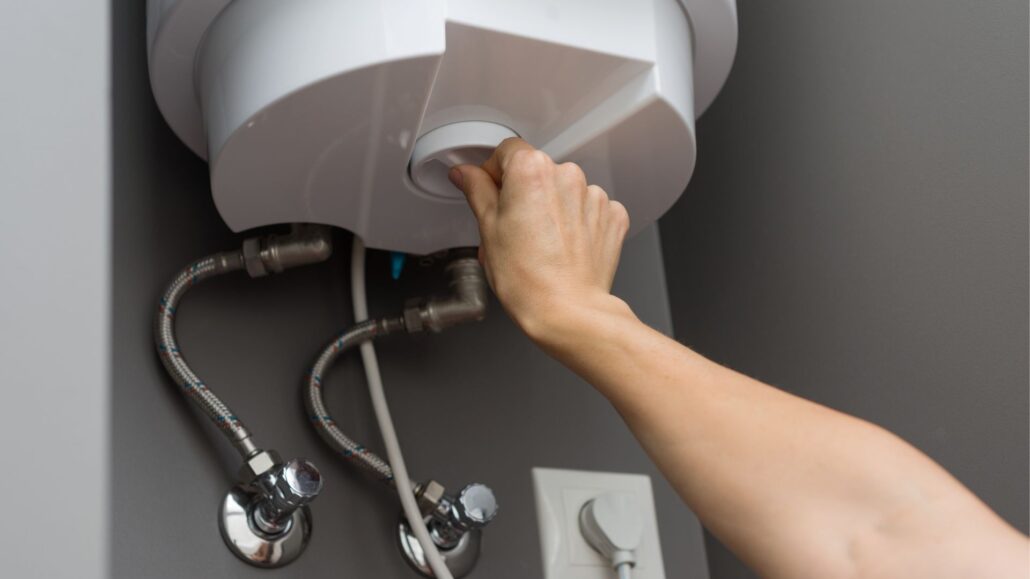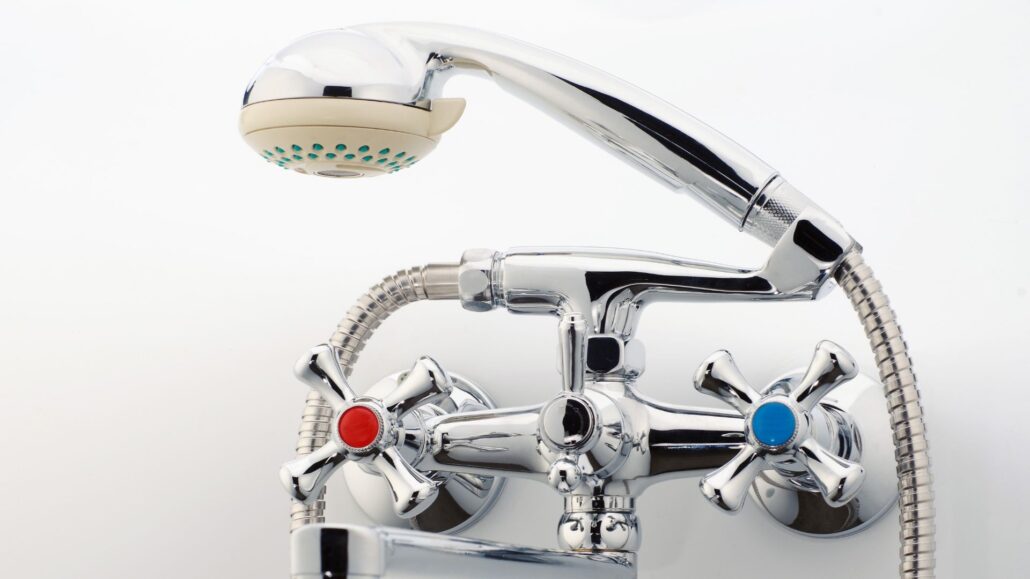The temperature you set your hot water system to might seem like a small detail, but it can greatly impact your daily life and household expenses. Not only does it affect the comfort of your showers and the effectiveness of your cleaning tasks, but it also influences your energy bills and your compliance with Australian safety regulations.
In this comprehensive guide, we’ll help you navigate the key factors to consider when choosing the ideal temperature setting for your hot water system. We’ll explore how household size, local climate, and personal preferences can all contribute to finding the perfect balance.
Plus, we’ll provide expert recommendations and tips to help you make an informed decision that keeps your family safe, comfortable, and energy-efficient. Whether you’re a new homeowner or simply looking to optimise your existing system, this guide has everything you need to know about setting the right temperature for your hot water system in Australia.
Understanding Australian Regulations
In Australia, hot water temperature settings are governed by the AS/NZS 3500.4: Plumbing and drainage – Heated water services standard. This standard sets minimum and maximum temperature requirements to ensure the safety and efficiency of hot water systems.
The minimum temperature is set at 60°C to prevent the growth of harmful bacteria like Legionella. In comparison, the maximum temperature is limited to 50°C at the outlet to reduce the risk of scalding. These regulations aim to strike a balance between user safety and energy efficiency.

What Affects Ideal Temperature Settings?
When determining the ideal temperature setting for your hot water system, consider the following factors:
- Household size and hot water usage patterns: Larger households or those with higher hot water demands may benefit from slightly higher temperature settings to ensure an adequate supply.
- Climate and seasonal variations: In colder seasons, you may prefer a higher temperature setting for added comfort, while in summer, a lower setting can help save energy.
- Personal preferences and comfort levels: Some individuals prefer hotter showers, while others are comfortable with lower temperatures.
- Appliance requirements: Dishwashers and washing machines often have specific temperature requirements for optimal performance.
- Energy efficiency considerations: Higher temperature settings consume more energy, so finding a balance between comfort and energy savings is essential.
Recommended Temperature Settings for Australian Homes
As a general guideline, the optimal temperature range for Australian households is between 60°C and 65°C. This range ensures compliance with national regulations, provides adequate hot water for most household needs, and promotes energy efficiency. However, adjustments may be necessary for specific situations:
- Households with young children or elderly residents may require lower temperature settings to reduce the risk of scalding.
- Homes with solar hot water systems may have different optimal settings based on the system’s design and location.
- When going on vacation or expecting an extended absence, lowering the temperature setting can help conserve energy.
Adjusting and Maintaining Your Hot Water System Temperature

To adjust the temperature setting on your hot water system, locate the temperature control. The process may vary depending on the type of system (electric, gas, or solar), so consult your system’s manual for specific instructions. Generally, adjusting the temperature involves turning a dial or adjusting a digital control panel.
Regular maintenance and temperature checks are essential to ensure your hot water system operates efficiently and safely. Schedule annual servicing with a licensed professional to inspect the system, check the temperature settings and make any necessary adjustments.
Safety Precautions and Energy-Saving Tips

While setting the temperature too low can lead to bacterial growth, setting it too high increases the risk of scalding and burns. To enhance safety, consider installing tempering valves that mix hot and cold water to deliver a safe, controlled temperature at the outlet.
To further improve energy efficiency, consider insulating your hot water pipes to reduce heat loss as the water travels from the system to the taps. Additionally, encourage household members to use cold water for tasks like washing hands or brushing teeth, as this saves energy and reduces overall hot water consumption.
If your current hot water system is outdated or inefficient, upgrading to a more modern, energy-efficient model can lead to significant long-term savings. Options like heat pumps and solar hot water systems are well-suited to the Australian climate and can help reduce your environmental impact.
Balancing Comfort, Safety, and Efficiency in Your Hot Water System
Setting the ideal temperature for your hot water system is essential for maintaining a comfortable, safe, and energy-efficient home. By understanding Australian regulations, considering household needs, and making informed adjustments, you can find the perfect balance for your family.
Remember to schedule regular maintenance with a licensed plumber to ensure your system continues to operate at its best. With the right temperature setting and a well-maintained system, you can enjoy reliable and efficient hot water all year round.
If you need assistance in finding the ideal temperature setting for your hot water system or require professional maintenance services, don’t hesitate to contact The Brisbane Plumbers. Our team of experienced and licensed plumbers is dedicated to helping you achieve the perfect balance of comfort, safety, and efficiency in your home. We offer comprehensive hot water system services, including temperature adjustments, safety inspections, and energy-saving solutions tailored to your specific needs.
